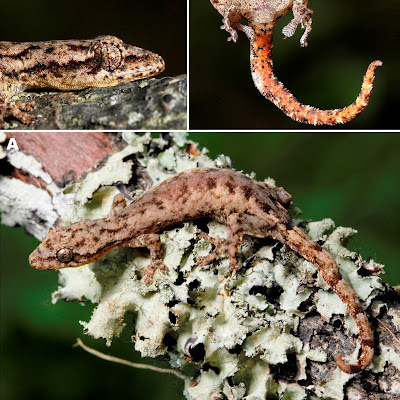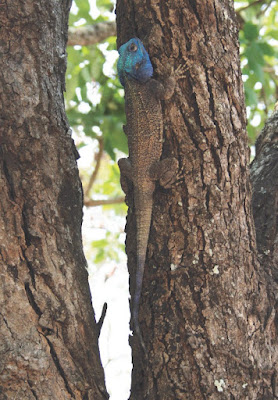Amphibian biodiversity is declining worldwide and collecting information about their habitats and populations via monitoring is vital for conservation efforts. However, it is difficult to accurately monitor amphibians using conventional methods. To address these issues, scientists have developed a novel technique to identify the amphibious species that live in an area through environmental DNA analysis. It is hoped that the new method will revolutionize species monitoring, as it will enable anyone to easily survey a habitat by collecting water samples. Leer más.





In this work, I tested these hypotheses on natterjack toads (Epidalea calamita). Specifically, I gauged activity time, exploratory behaviour and boldness in standard laboratory conditions, and assessed whether they correlated with body size and antipredator strategies, namely sprint speed, parotoid gland area and parotoid gland colour contrast. Leer más.

Due to their assumed costs, simultaneous antipredator strategies are expected to face trade-offs, which, however, could be milder in individuals subjected to a more intense predator pressure. In this work, I studied the relationship between locomotion and parotoid glands in the natterjack toad, Epidalea calamita. Specifically, I predicted that individuals with reduced sprint speed would rely more on their chemical defences, having larger and more aposematically coloured parotoid glands. Leer más.

Phylogenetic analyses of the 49 nominal species of the gekkonid genus Hemiphyllodactylus based on the mitochondrial gene NADH dehydrogenase subunit 2 and its flanking tRNAs resulted in a strongly supported tree composed of a number of regionally localised monophyletic lineages consistent with previous genus-wide analyses. Leer más.

Recent integrative taxonomic studies of the agamid genus Acanthocercus Fitzinger, 1843 have shown that Angola harbors three different taxa, all within the Acanthocercus atricollis (Smith, 1849) species complex—A. cyanocephalus (Falk, 1925) in the northeastern parts of the country, A. margaritae Wagner et al. 2021 in the southern regions, and an unnamed species in the central and northwestern parts of Angola. Leer más.







